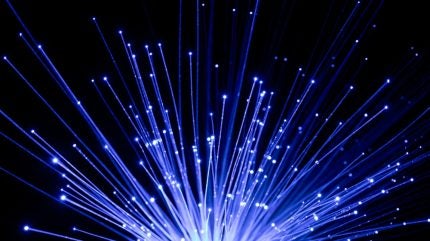
Synergia Medical has successfully implanted the first two patients in a study evaluating its neurostimulation technology for the treatment of epilepsy.
The procedures are part of a first-in-human study being conducted across two sites in Belgium and an additional site in Germany. The surgeries for the first two patients took place earlier this month at the sites in Belgium, the company said.

Discover B2B Marketing That Performs
Combine business intelligence and editorial excellence to reach engaged professionals across 36 leading media platforms.
Synergia’s device is a personalised vagus nerve stimulation therapy called NAO.VNS. Whilst the company has remained tight-lipped on details, the platform is based on photonic power transfer.
Vagus nerve stimulation is an established treatment option for epileptic patients who do not adequately respond to pharmacological treatments. Around 30% of epileptic patients’ seizures are not properly treated by anti-epileptic drugs, according to Synergia. Vagus nerve stimulation therapy works by sending electrical pulses to the brain to stabilise irregular neural activity.
Most of the current devices in this treatment space use copper wires, which means patients with implants are not able to undergo magnetic resonance imaging (MRI) since metal is not allowed to be present during scanning. Not only does this deny access to a type of diagnostic imaging, but it also prevents researchers from tracking therapy progress.
Synergia’s technology uses optical fibres instead, which affords compatibility with MRI, along with feedback on the direct effect and efficacy of the stimulation, according to the company.

US Tariffs are shifting - will you react or anticipate?
Don’t let policy changes catch you off guard. Stay proactive with real-time data and expert analysis.
By GlobalDataThe first-in-human study, called AURORA, includes patients with drug-resistant epilepsy as Synergia tests its technology for the first time. The participants – 10 are slated to enrol – will receive vagus nerve stimulation two weeks after implantation.
The trial’s primary first endpoint is the incidence rate of NAO.VNS device-related treatment emergent adverse events (TEAE) through three months of implantation. The other endpoint is the incidence of procedure or device related adverse events a month after implant.
Belgium-based Synergia stated that both patients have fully recovered following the surgeries two weeks ago, “allowing the initiation of stimulation therapy as planned.”
The global neuromodulation device market is forecast to grow to nearly $11bn by 2033, up from $5.7bn in 2023. Medtronic is currently the leader in terms of market share, with Boston Scientific and Abbott also key players.
The vagus nerve stimulator segment is predicted to contribute $1bn to the market in 2033, as per analysis by GlobalData.





